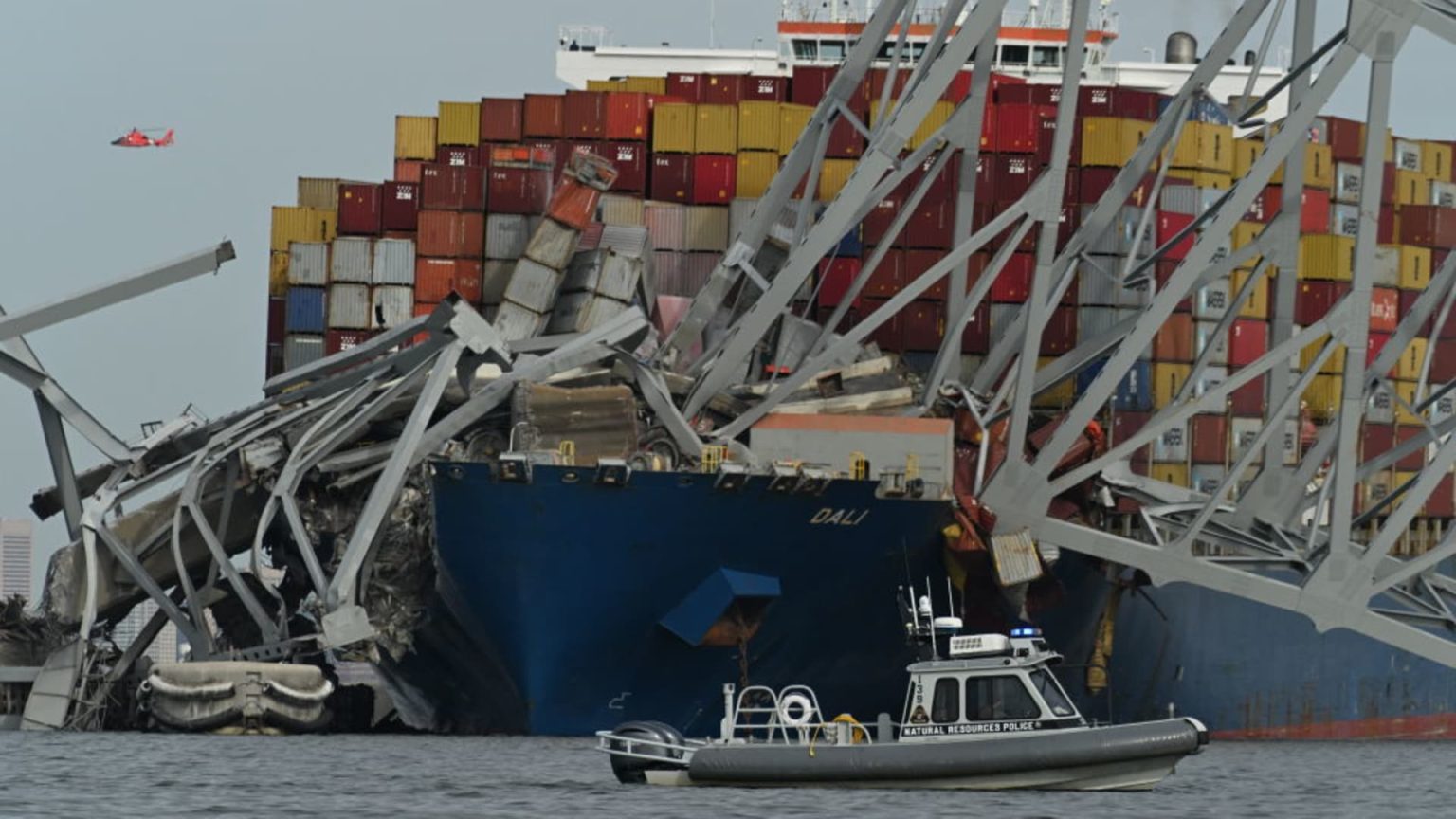Logistics companies along the East Coast are scrambling to inform clients about the status of their imports and exports following the closure of the Port of Baltimore due to the collapse of the Francis Scott Key Bridge. The Dali, a 10,000 container-capacity vessel, collided with a bridge pillar while leaving the port, impacting cargo accessibility and rerouting planned shipments to ports like New York, Norfolk, and nearby locations. The closure of the port, which served an average of 207 calls a month, will lead to diversions of shipments and increased cargo flow to other ports on the Eastern Seaboard.
The Port of Baltimore is a key transportation hub for the import and export of autos, light trucks, and various goods, handling over 847,000 cars and light trucks last year. Imports of vehicles accounted for a significant portion of the port’s total imports in 2023. Following the bridge collapse, shipments will be diverted to ports like New York, New Jersey, and Norfolk, impacting transportation routes and creating flatbed volumes out of different ports. Retailers like Home Depot, Bob’s Furniture, IKEA, and Amazon heavily rely on the port for their goods, making the closure a significant disruption to trade along the East Coast.
Vessels are being diverted to alternate ports to handle the overflow of cargo that was originally destined for Baltimore. The shutdown will lead to increased costs in shipping and trucking as rerouting is done, affecting gasoline availability due to the reliance on imported ethanol. While jet fuel and diesel fuel supplies are expected to remain unaffected, the cost of alternative supply routes for gasoline deliveries will be a challenge. Despite the disruptions, ocean carriers and trucking companies have the ability to adapt and find alternative routes to maintain smooth logistics operations.
Exporters may face increased trucking and rail rates as volumes are rerouted to ports like Norfolk or New York/New Jersey. Top exports out of Baltimore, which include coal, natural gas, aerospace parts, and agricultural components, will also be disrupted by the closure. While alternate ports are expected to handle the extra volumes, re-routing could lead to congestion and delays for importers, affecting freight rates on the Asia-U.S. East Coast and transatlantic routes. The long-term impact of the bridge collapse will require a fundamental engineering and rebuilding effort that could take years to complete.
Short-term cost estimates indicate that the collapse of the Baltimore bridge will result in significant disruption and cost, with the need for a lengthy and expensive infrastructure project. The vessel involved in the incident, Dali, is insured by Britannia Steam Ship Insurance, with liability likely exceeding $10 million. The reinsurance mechanism will spread risks across the industry, but the overall cost of rebuilding the bridge will be substantial. While trade routes are adaptable and capable of rerouting, the reconstruction of the bridge will be a complex and expensive process that will have long-lasting effects on logistics operations.


